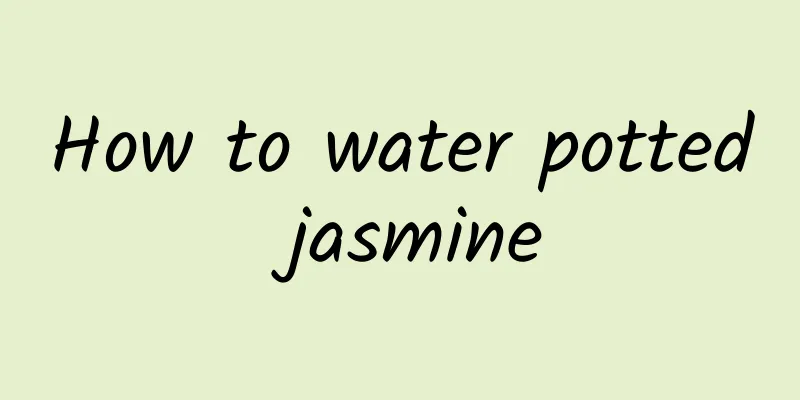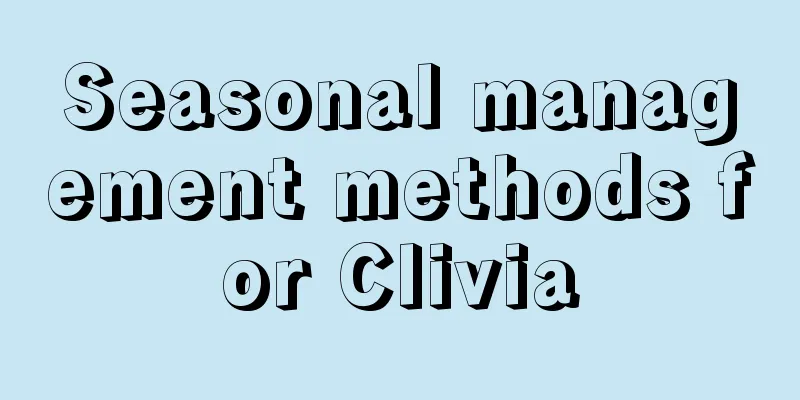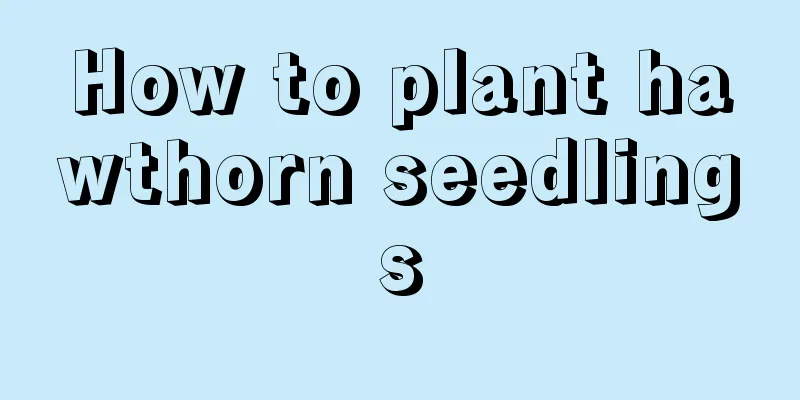Use rags to pad the bottom of the pot, the roots won’t rot for 10 years, and you can easily grow the pot to overflowing!

Screen netThe broken screen net at home is a good water filter. Cut it and put it at the bottom of the basin to prevent soil from running away and water from accumulating. RagsDon't throw away the scraps of cloth at home, especially the chiffon and gauze below, and keep them for the bottom of the basin. Non-woven fabricsThe non-woven bags for shoes and clothes are relatively large and can be used to pad the bottom of medium and large flower pots. Cross stitchCut the leftovers from the cross stitch into small pieces and throw them at the bottom of the pot. There are many small holes on them, which will also help to drain the excess water in the pot. Wet wipesSoak wet paper towels in water to remove the odor, dry them and place them at the bottom of the pot. This is suitable for small potted plants. Cosmetic cotton padsCosmetic cotton has good water absorption, so it is best to put it in a basin, but it is best not to use used cosmetic cotton Beer capIn summer, the beer cap of beer can be placed downwards at the bottom of the pot. It is especially suitable for flowers such as gardenia, rose, jasmine, etc. that like acid and need to supplement metal elements. Foam boardBreak the foam board into pieces and put a layer of it on the bottom of the pot, which is conducive to the dryness and ventilation of the pot soil. It is suitable for all kinds of orchids and flowers that are afraid of waterlogging. BrokenThe scrap copper, rotten iron and old wires at home can be used as the bottom of the pot, and can also supplement trace elements for the flowers. Peanuts and melon seeds shellsPut peanut shells and melon seed shells at the bottom of the pot, which can be used as filtering and fertilizer. Note: do not use peanut and melon seed shells with smell! Walnut ShellsWalnut shells can also be used, but they should not be too big and should be crushed a little. Also, be careful not to use walnut shells that have a smell. LoofahCut the loofah into pieces and put it at the bottom of the basin, which can also filter and add fertilizer, natural and pollution-free~ Pine NeedlesChoose relatively fluffy and dry pine needles, which are suitable for padding the bottom of large flowers such as camellia, orchids, and peonies, and are also very good fertilizers. stoneFind some clean stones, or scald them with boiling water or soak them in carbendazim to sterilize them. This is suitable for padding the bottom of large pots of green plants. ClayExpanded clay is a very good material for lining the bottom of a pot. It is suitable for all kinds of flowers. It is more effective to put it at the bottom of the pot than on the surface of the pot! StoneStones with a diameter of 1 cm can also be used as the bottom of the basin, but be careful to sterilize them. Boil them twice in boiling water or soak them in a solution of carbendazim before use. shellSmall shells and coral remnants can also be used as flower pots. They also contain calcium elements. It is best to disinfect them before use. Bamboo charcoalThe bamboo charcoal bags at home should be replaced after a few months. Don't throw them away. It's perfect to use them as flower pot pads. They not only absorb moisture but also kill bacteria. These little things that can be found everywhere Growing flowers may solve big problems Flower lovers Take action now |
Recommend
How many kilograms of chives can be produced per mu?
Yield of chives per mu Chive flowers are also cal...
Don’t ignore the wildly growing branches of gardenias. Just cut them a few times and they will bloom more vigorously!
1. Pruning Phase 1: Carry out a major pruning in ...
What kind of pot is breathable for succulent plants?
1. Basin 1. Coarse clay pot: This kind of pot has...
The difference between spotted leaf orchid and golden thread orchid
1. Difference of blades The leaves of the spotted...
What are the benefits and effects of brown sugar water for watering flowers? What flowers can be watered?
Benefits of brown sugar water for watering flower...
Can strawberries be grown in the north?
Can strawberries be grown in the north? Strawberr...
When is the best time to plant rapeseed?
Rapeseed, also known as oil cabbage , is mainly u...
What to do if there are black spots on the leaves of green radish
1. Increase the temperature 1. Reason: Pothos can...
Cutting propagation of Lei Tong
The best time for cuttings 1. You can choose to d...
Mix it with beer, the flowers will feel very nourishing, the leaves will be shiny and thick, and the flowers will bloom like crazy!
Beer + aspirin, flower buds popping up! Aspirin c...
How to propagate Wisteria and what to pay attention to
Wisteria propagation method The main ways of prop...
How to care for succulent ball pine
Succulent pine growing conditions The succulent b...
How long is the growth cycle of Hami melon?
Introduction to Hami Melon Growth Hami melon was ...
How much is a pound of wild golden thread lotus, how much is a pound of golden thread lotus seeds
1. Wild price Relatively speaking, wild golden th...
How to grow copper coin grass
1. Soil The soil requirements of the copper coin ...









